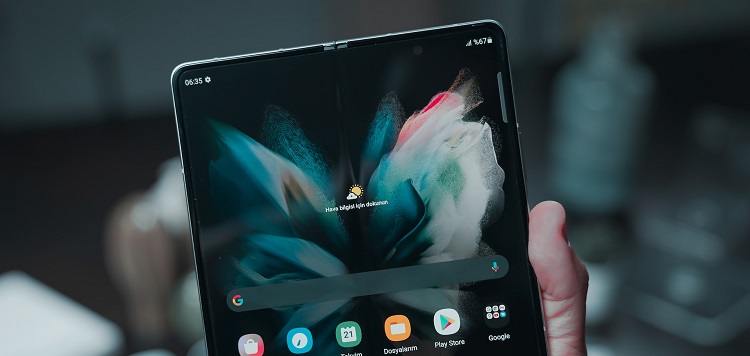In the ever-expanding world of smartphones, foldable phones have been gaining popularity since Samsung introduced the Galaxy Fold in 2019. It has been two years since then, and foldable phones have come a long way. Huawei, a Chinese tech giant, has been a pioneer in the foldable phone segment, and they recently unveiled their newest addition: the Mate X3. The Mate X3 is a sleek, book-style foldable phone that is impressively thin and light.
Impressive design: Thin and light book-style foldable phone
The Mate X3 boasts a design that is thinner and lighter than most of its counterparts. Despite the presence of two screens – a cover screen and an inner screen, the device weighs only 239 grams and is just 5.3mm thick when unfolded. This makes it even thinner and lighter than the iPhone 13 Pro Max when unfolded, making it the lightest commercially available foldable phone.
Dual screens
The Mate X3 features a 6.4-inch cover screen that unfolds to reveal a larger 7.85-inch inner screen. Both screens are Full HD OLEDs with a resolution of 2480 x 2200 pixels. The larger screen is perfect for an immersive gaming or video viewing experience, while the smaller cover screen is handy for quick access to apps, notifications, and calls.
Free-stop hinge for flexible folding positions
The Mate X3’s free-stop hinge allows the phone to fold in a variety of positions, including completely flat, which is an excellent feature for typing on the larger screen or viewing content in different modes.
Camera features
The Mate X3 has an impressive camera system that comprises of a 50-megapixel main camera, a 13-megapixel ultrawide camera, and a 12-megapixel periscope-style telephoto camera. The circular-shaped camera bump aligns the lenses vertically, in keeping with classic Huawei style. The camera system is brilliant for taking high-quality photos and videos in any lighting condition.
Water-resistant technology
The IPX8 rating remains uncommon in the foldable phone segment, but the Mate X3 has it, meaning the device can withstand immersion in over 1 meter (3.2 feet) of water. This is an excellent feature for those worried about damaging their device while using it near water.
Huawei’s Return to a Book-Style Foldable Design
The Mate X3 marks Huawei’s return to the book-style foldable design after their previous models, the Mate X and the Mate Xs, had an outward-folding design. The return to an inward-folding design seems to indicate that book-style designs are the future for Huawei’s foldable phones.
The unveiling of the Mate X3 in China alongside the P60 series
The Mate X3 was unveiled in China alongside the non-foldable flagship P50 series, including the Huawei P50 and P50 Pro. The P50 series boasts features such as a 120Hz screen refresh rate, 50-megapixel cameras, and powerful chips, making them a great addition to Huawei’s current smartphone lineup.
Overall, the Mate X3 is an impressive device with excellent features that make it perfect for those who want a more immersive experience on their phone. It boasts a sleek design, a flexible folding mechanism, an outstanding camera system, and remarkable water-resistant technology. Huawei’s book-style foldable design seems to set the standard for the future of foldable smartphones. If you’re looking for a new phone with folding capabilities, the Mate X3 is an excellent option to consider.

